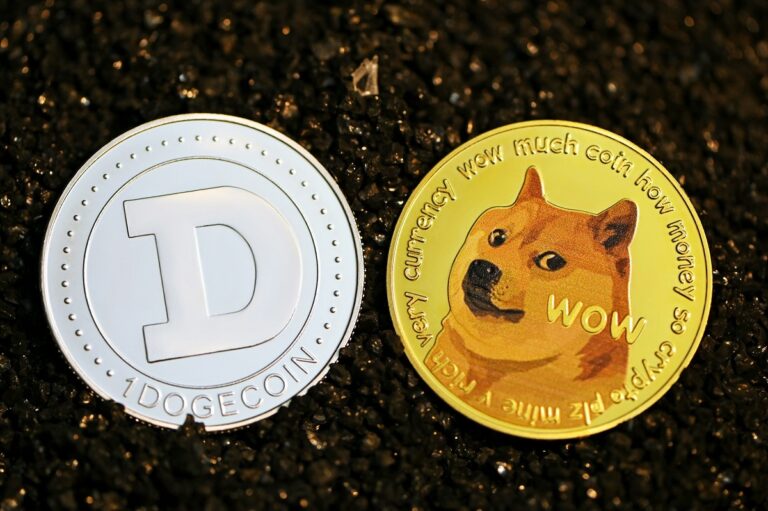
- Ripple uses XRP and RLUSD to make cross-border payments faster and cheaper.
- Their blockchain platform reduces errors and speeds up transactions worldwide.
Cross-border payments have long been plagued by delays, high fees, and errors due to outdated systems like SWIFT. Ripple is now spearheading a bold effort to replace these archaic payment rails with innovative blockchain technology and digital assets like XRP and Ripple USD (RLUSD). Their goal is to create a faster, cheaper, and more transparent way to move money internationally.
ALSO READ:Toncoin Prepares for 40% Rally as Key Breakout Pattern Emerges
The Problem with SWIFT’s Legacy System
Despite being the backbone of global financial messaging for decades, SWIFT’s network still depends heavily on manual processes. According to Ripple, errors such as typos in account numbers or incorrect SWIFT codes frequently cause transactions to fail. These failures not only waste time but also increase costs and create operational challenges for banks and businesses.
Traditional cross-border payments can involve up to five intermediaries before funds reach their destination. Each step adds layers of uncertainty, delays, and additional fees. Furthermore, inconsistent messaging standards and complex foreign exchange markups contribute to an inefficient system misaligned with modern commerce’s speed and demands.
Ripple’s Blockchain-Based Solution
Ripple’s answer to these challenges is a blockchain-powered payments platform that leverages XRP and stablecoins like RLUSD. Unlike traditional rails, Ripple Payments automates and streamlines cross-border transactions, significantly reducing manual errors and operational risks.
Ripple highlights that their solution offers real-time settlement and fee transparency, a major improvement over the opaque fee structures of legacy systems. The platform’s global payout network spans over 90% of foreign exchange markets, making it a powerful tool for businesses sending or receiving stablecoin payments worldwide.
By cutting out unnecessary intermediaries and using digital assets for liquidity, Ripple’s system can lower transaction costs and speed up settlements to near-instant times. This capability addresses one of the biggest pain points in international trade and remittances.
Ripple and the Future of Cross-Border Payments
While regulatory concerns around digital assets remain, Ripple and other blockchain proponents believe distributed ledger technology is the future of global payments. The combination of XRP and RLUSD stablecoins offers a scalable, efficient, and transparent alternative to the legacy systems many still rely on today.
Ripple’s push to modernize cross-border payments reflects a broader shift in the financial industry toward automation and blockchain innovation. As businesses continue to expand globally, solutions like Ripple’s could become essential for reducing costs and increasing reliability in international money transfers.
In sum, Ripple’s XRP and RLUSD-based platform is poised to disrupt the traditional cross-border payment space by delivering faster, more affordable, and more transparent transactions — a welcome change in a system long overdue for innovation.
DISCLAIMER:
The views and opinions expressed herein are solely those of the author and do not necessarily reflect the views of the publisher. The publisher does not endorse or guarantee the accuracy of any information presented in this article. Readers are encouraged to conduct further research and consult additional sources before making any decisions based on the content provided.




